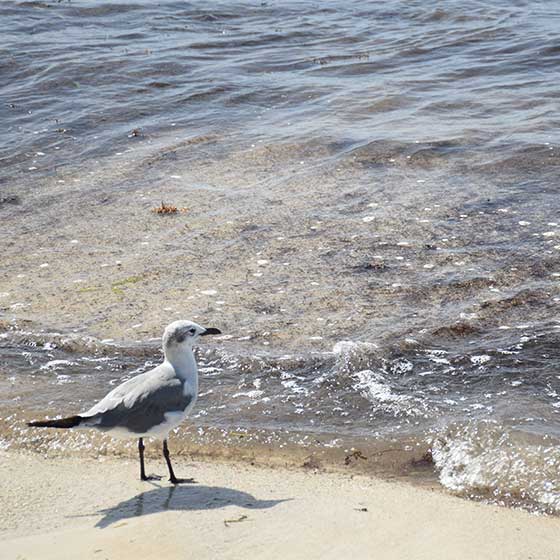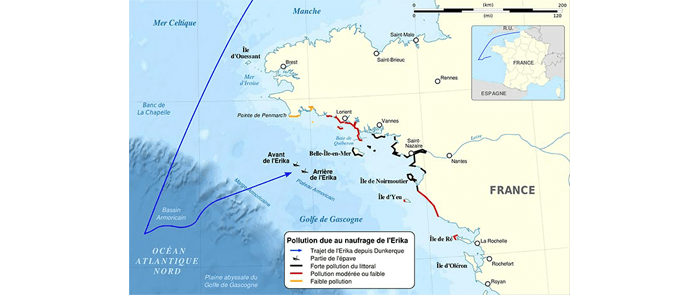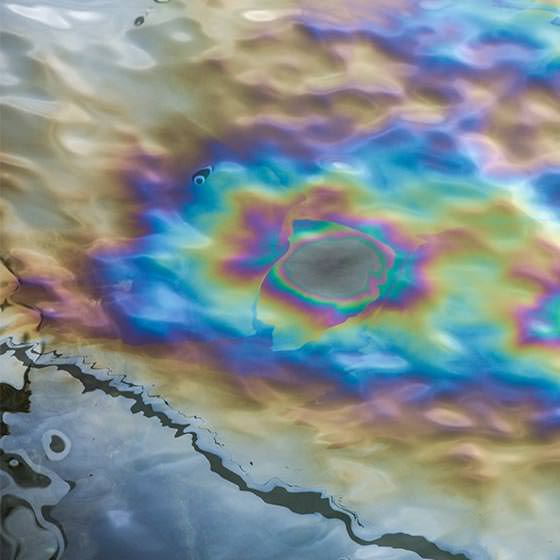A catastrophic environmental impact
200,000 seabirds are thought to have died in the Bay of Biscay, an important wintering area for these animals. Of the 20,000 individuals taken in by the LPO (League for the Protection of Birds), only 2,119 could be saved.
The investigation highlights certain aberrations in maritime transport and the dubious practices of flags of convenience. The poor condition of the tanker was singled out.



